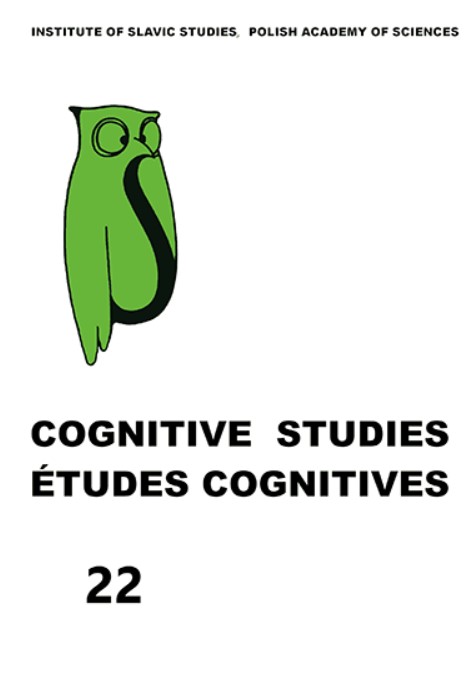Restructuring in a Mesolect: A Case Study on the Basis of the Formal Variation of the Infinitive in Ukrainian–Russian Surzhyk
Restructuring in a Mesolect: A Case Study on the Basis of the Formal Variation of the Infinitive in Ukrainian–Russian Surzhyk
Author(s): Gerd Hentschel, Olesia PalinskaSubject(s): Comparative Linguistics, Eastern Slavic Languages
Published by: Instytut Slawistyki Polskiej Akademii Nauk
Keywords: bilingualism; dialect levelling; code-mixing; fused lects; colonial hybridization; Surzhyk;
Summary/Abstract: In addition to Ukrainian and Russian, Ukraine is linguistically characterized by a Ukrainian–Russian mixed speech called Surzhyk. Given the background of Ukrainian–Russian relations and the emancipation of Ukrainian from the previously dominant Russian, Surzhyk has become the subject of an emotional discussion in independent Ukraine. The majority of Ukrainian scholars working with pre-Labovian and implicit theoretical sociolinguistic (and contact linguistic) models view the distribution of Ukrainian and Russian elements in Surzhyk as spontaneous and chaotic. Furthermore, Surzhyk – together with many who use it – has been widely stigmatized, even by linguists, as a post-colonial legacy from the times of Russian and Soviet dominance. Taking as an example the forms of verb infinitives, a corpus-based quantitative analysis of about 10,000 instances evidences that Surzhyk shows a considerable degree of stabilization in the use of competing morphological forms. This stabilization can be interpreted best as an instance of structure building in a mesolect between Ukrainian dialects on the one hand and, on the other hand, Russian and (to a certain degree) Ukrainian standard languages in competing roles during the recent history of Ukraine.
Journal: Cognitive Studies | Études cognitives
- Issue Year: 2022
- Issue No: 22
- Page Range: 1-21
- Page Count: 21
- Language: English

